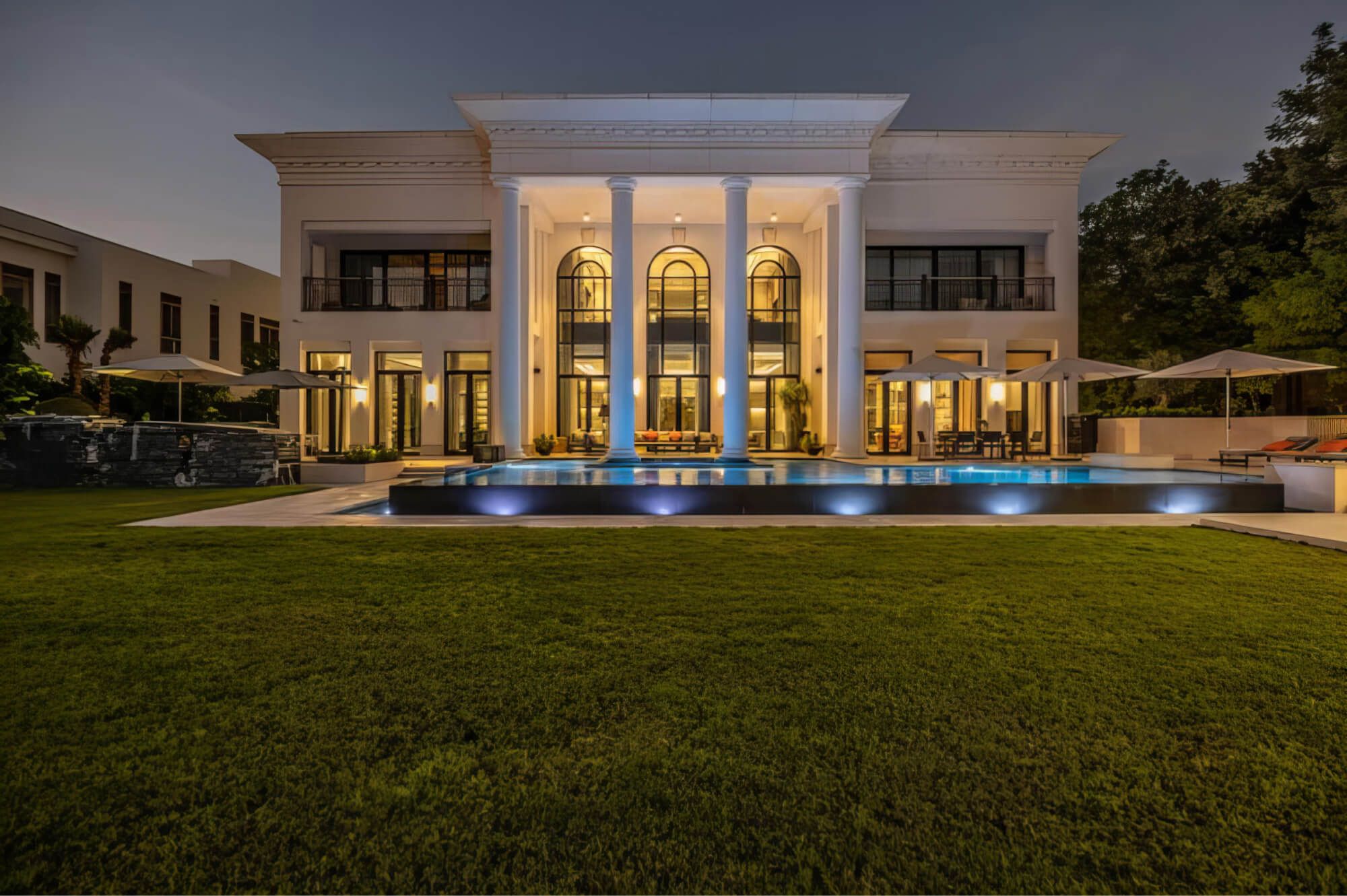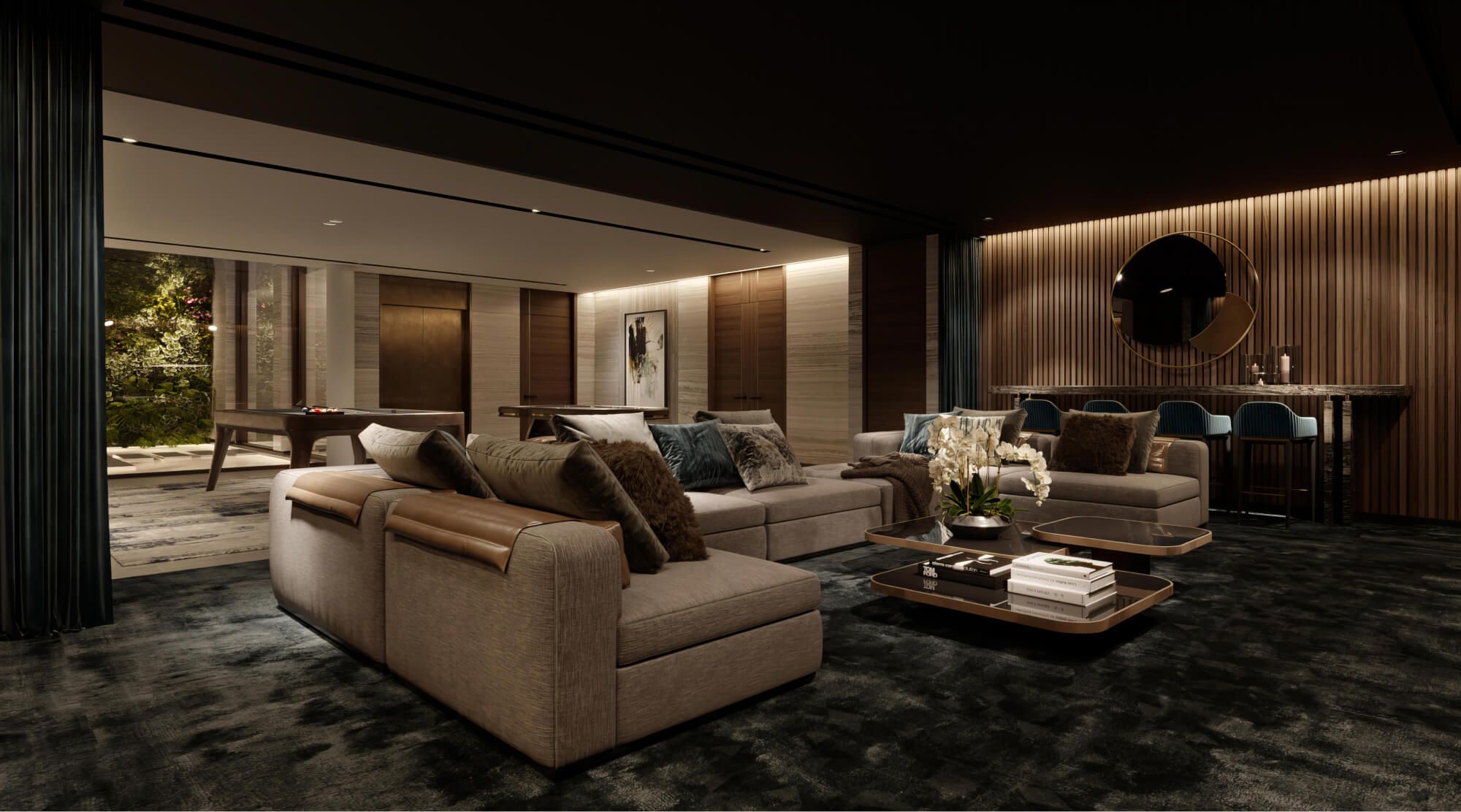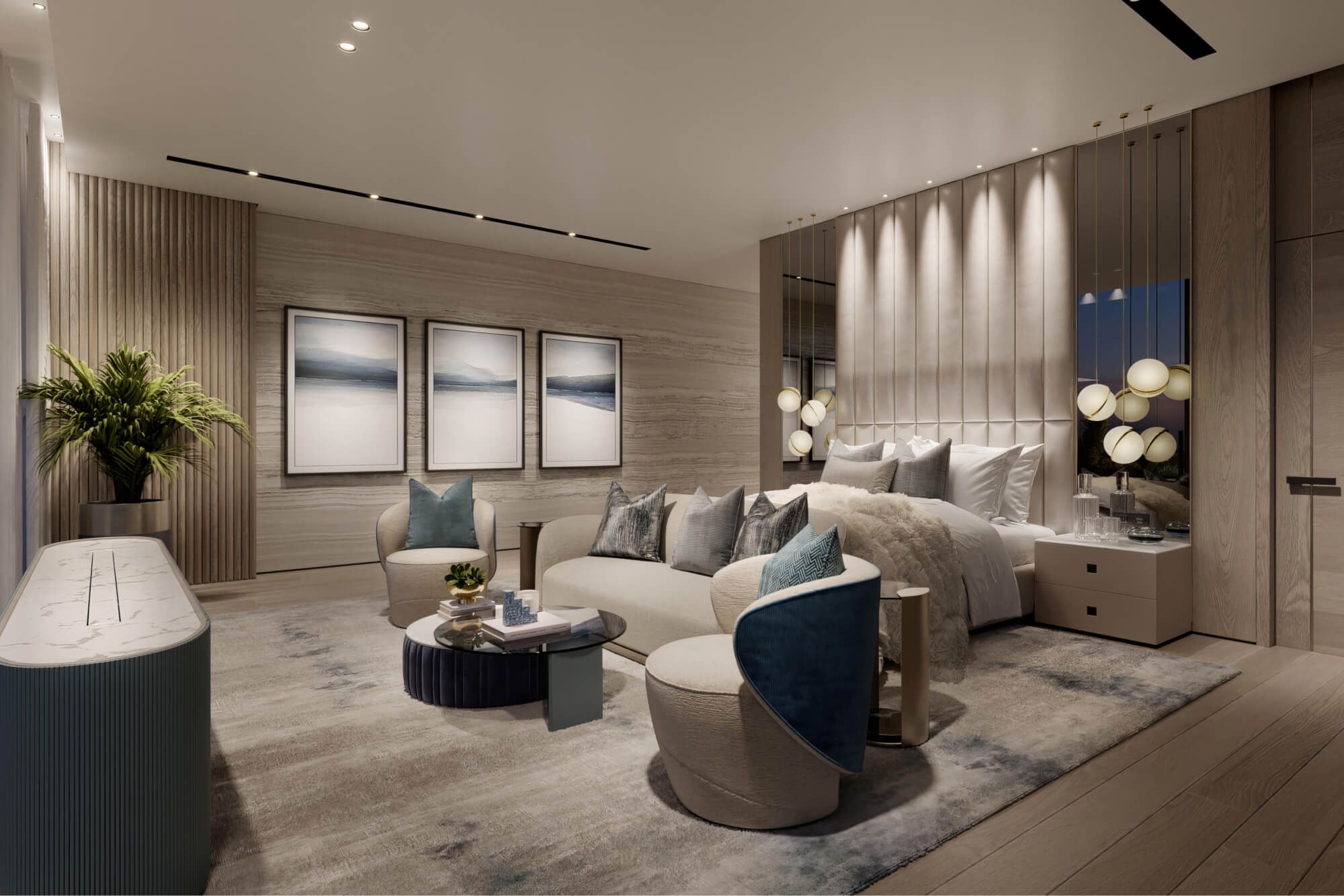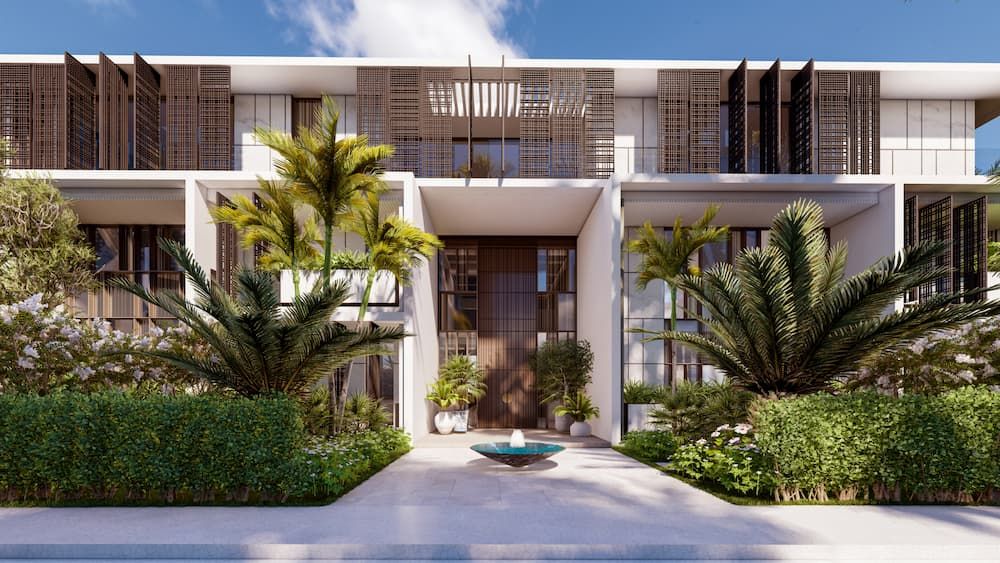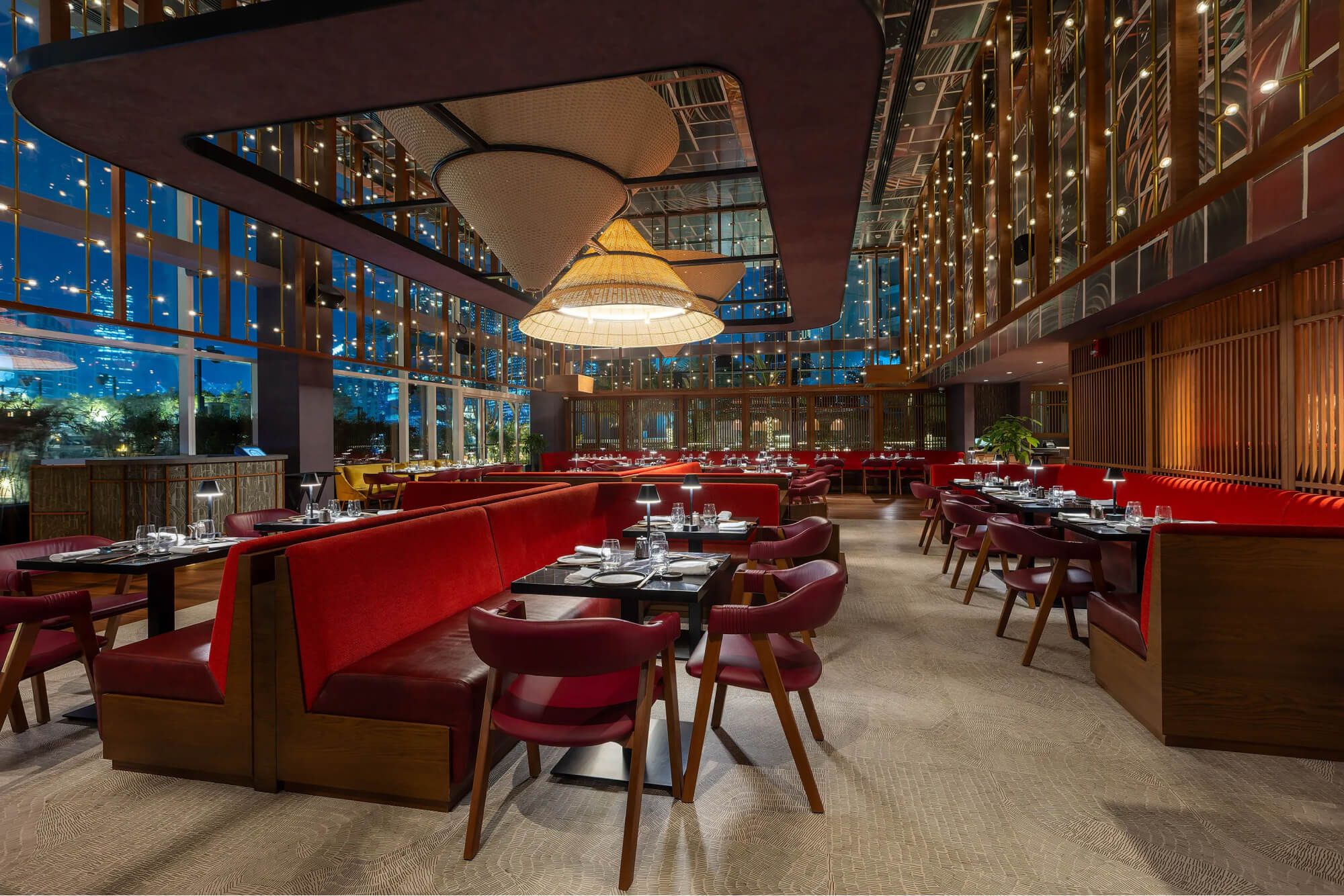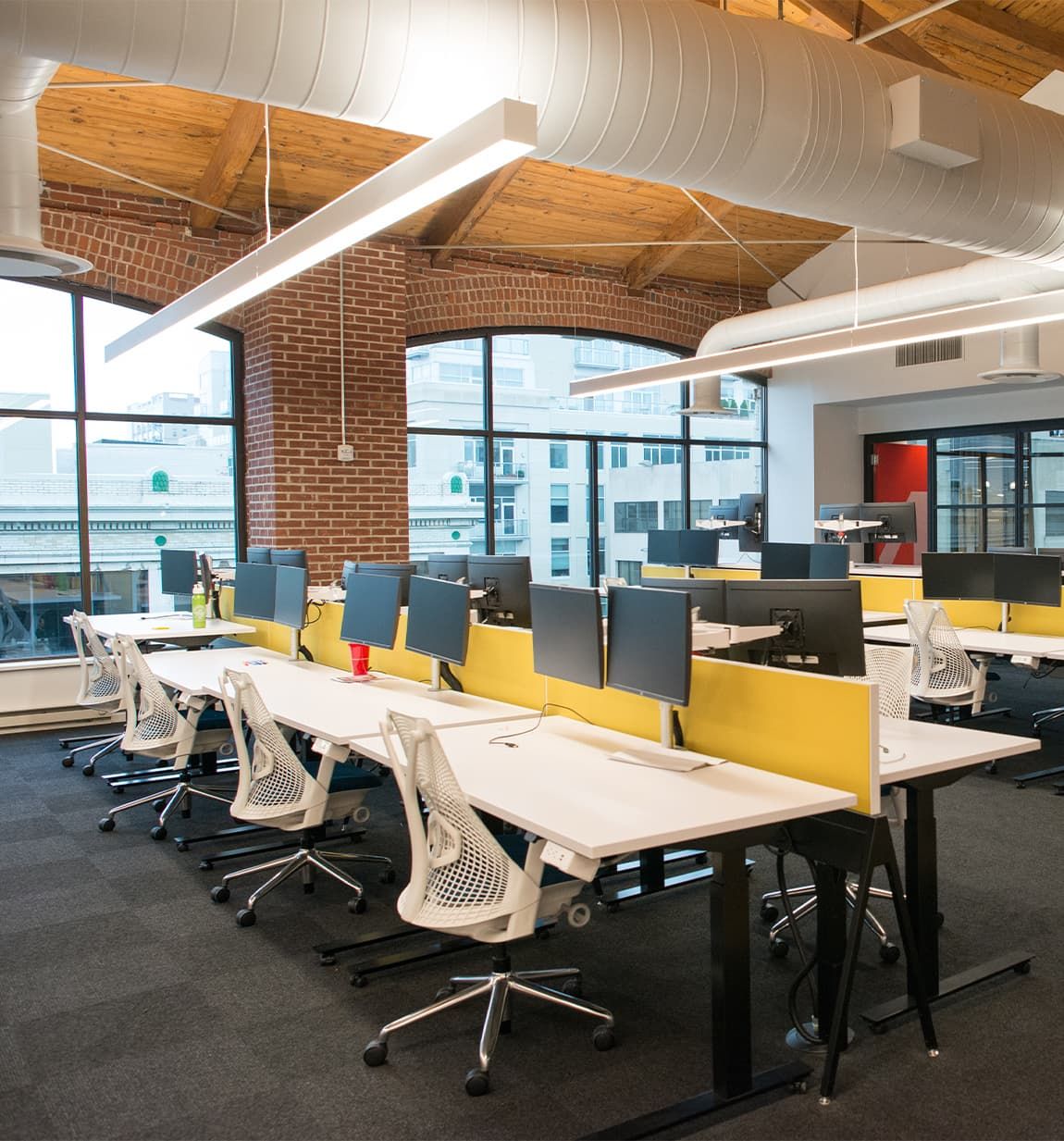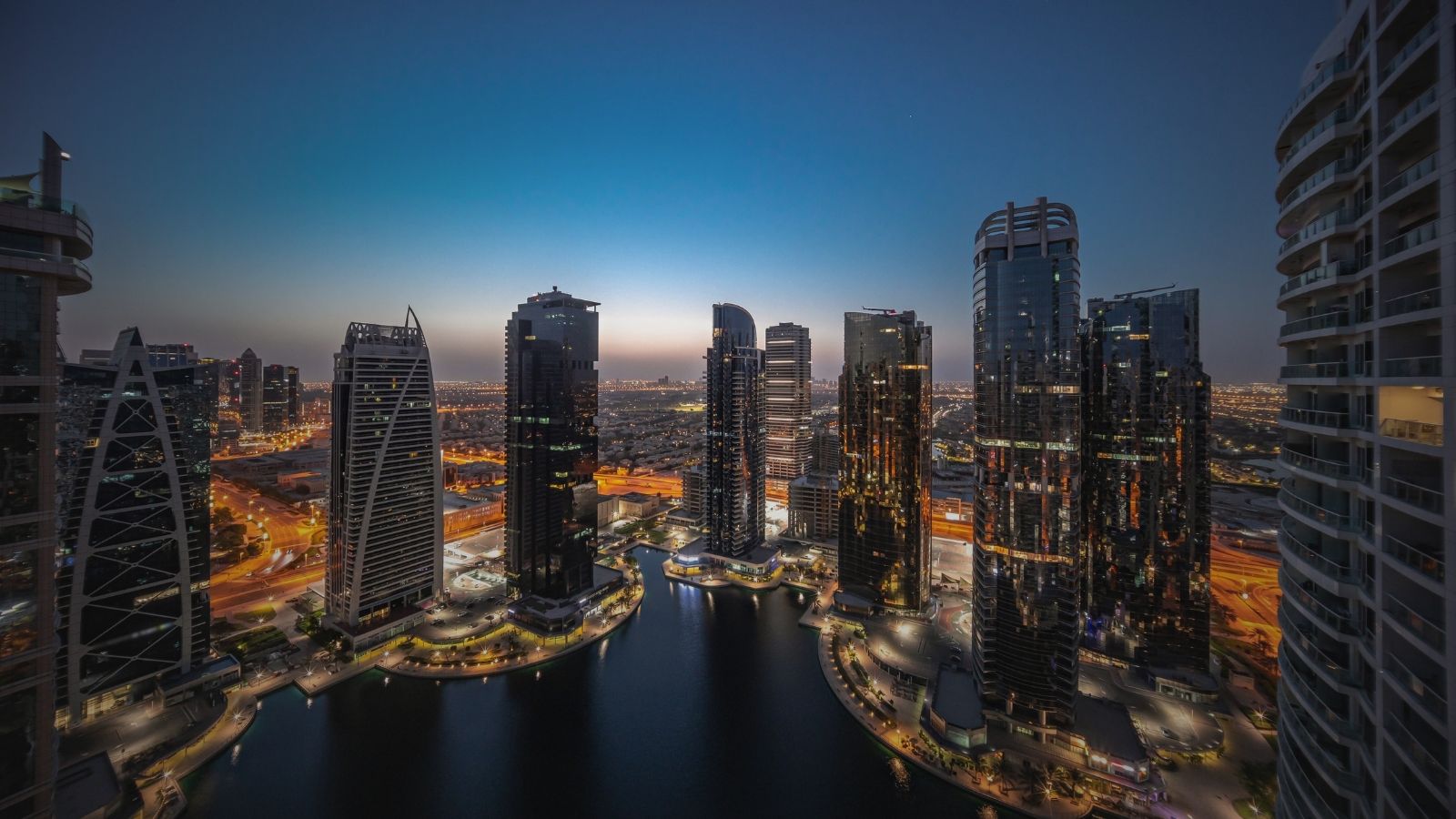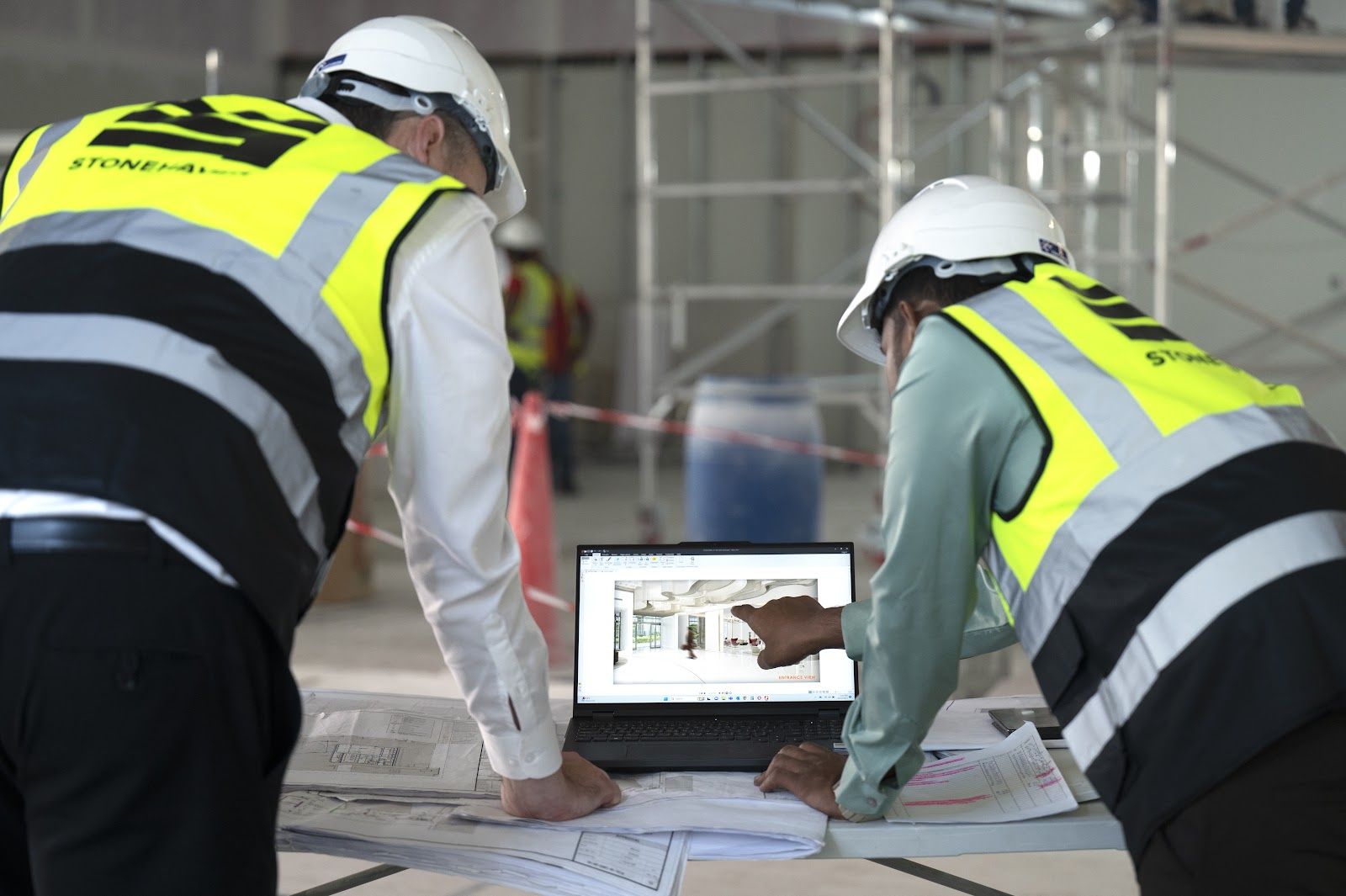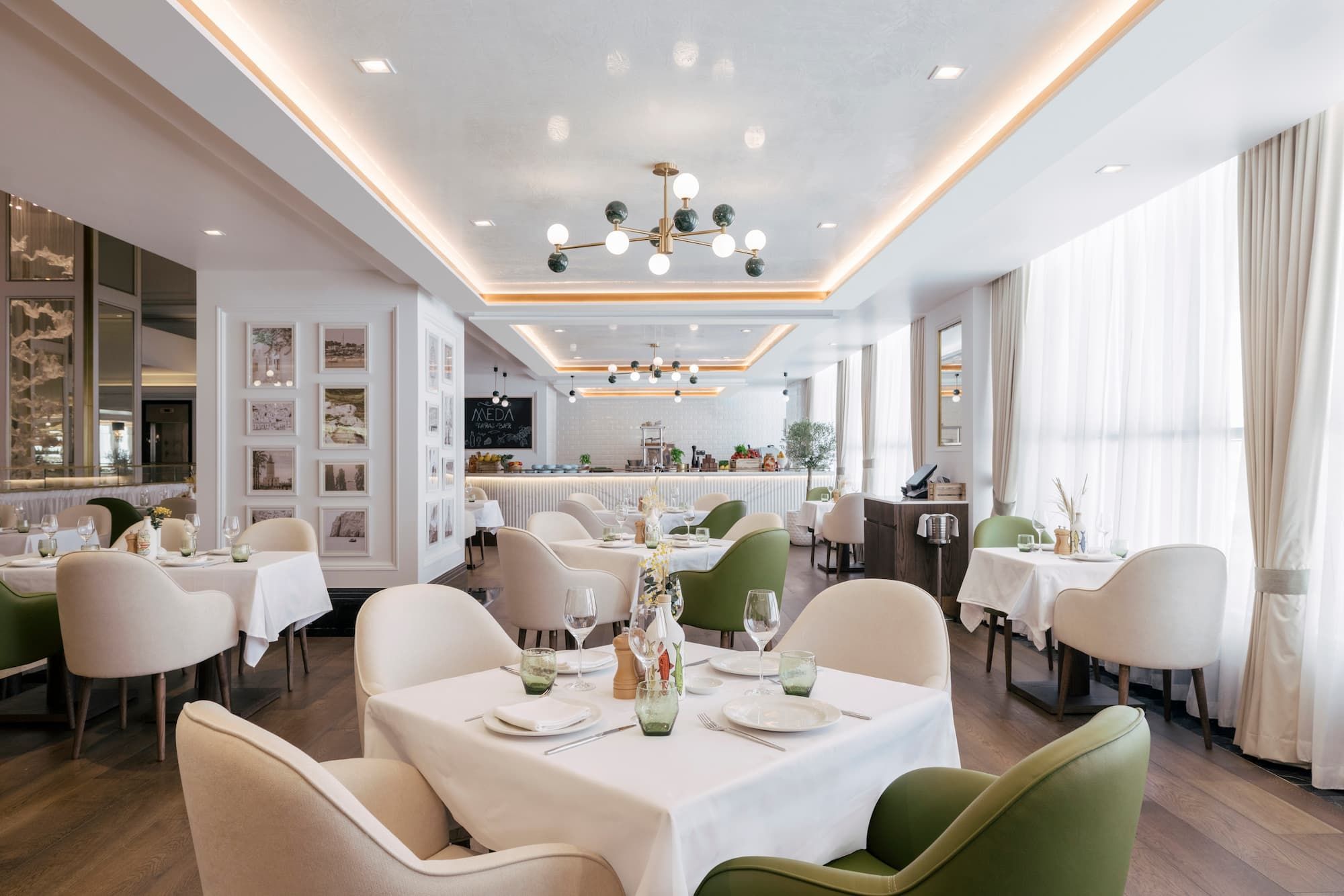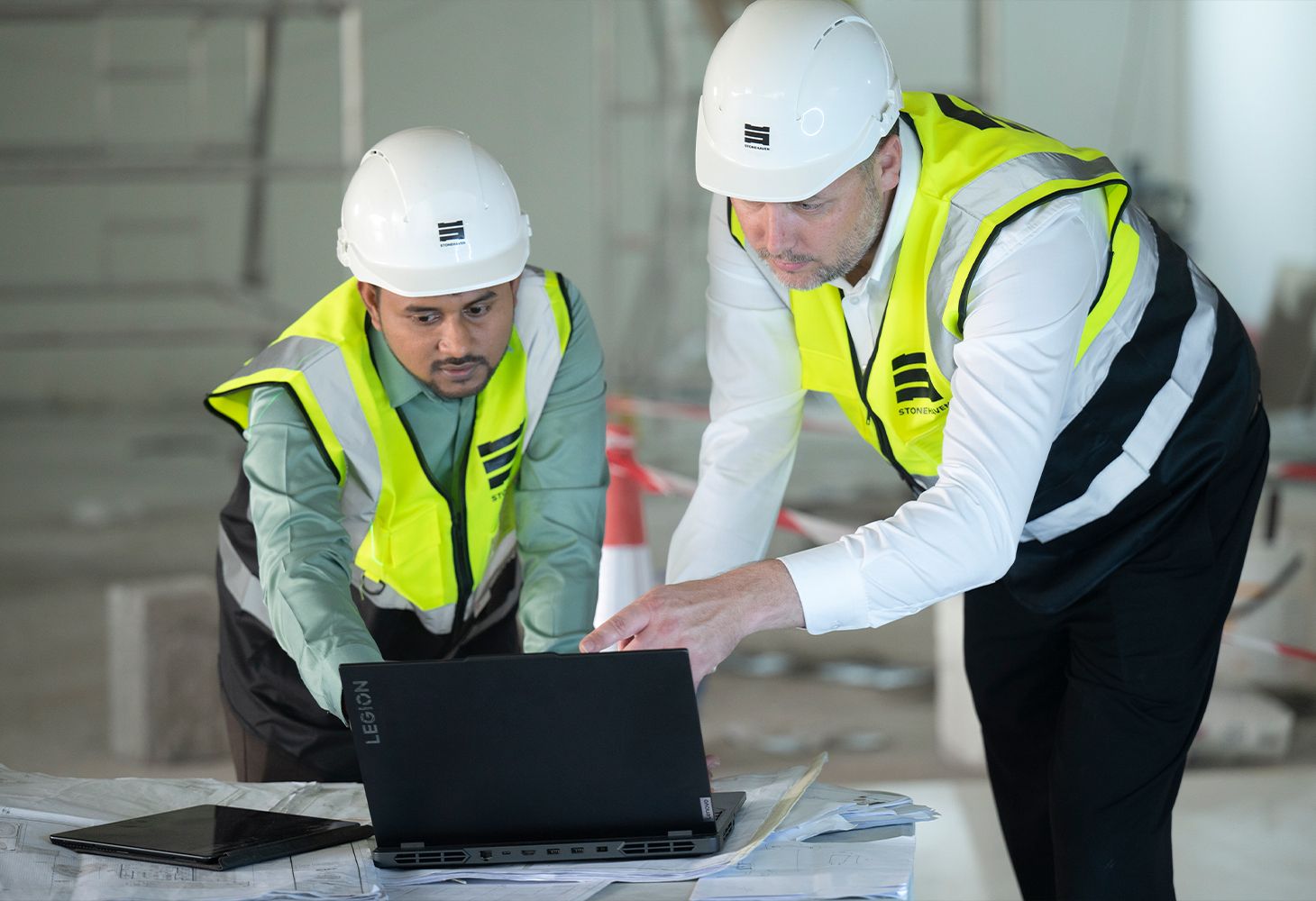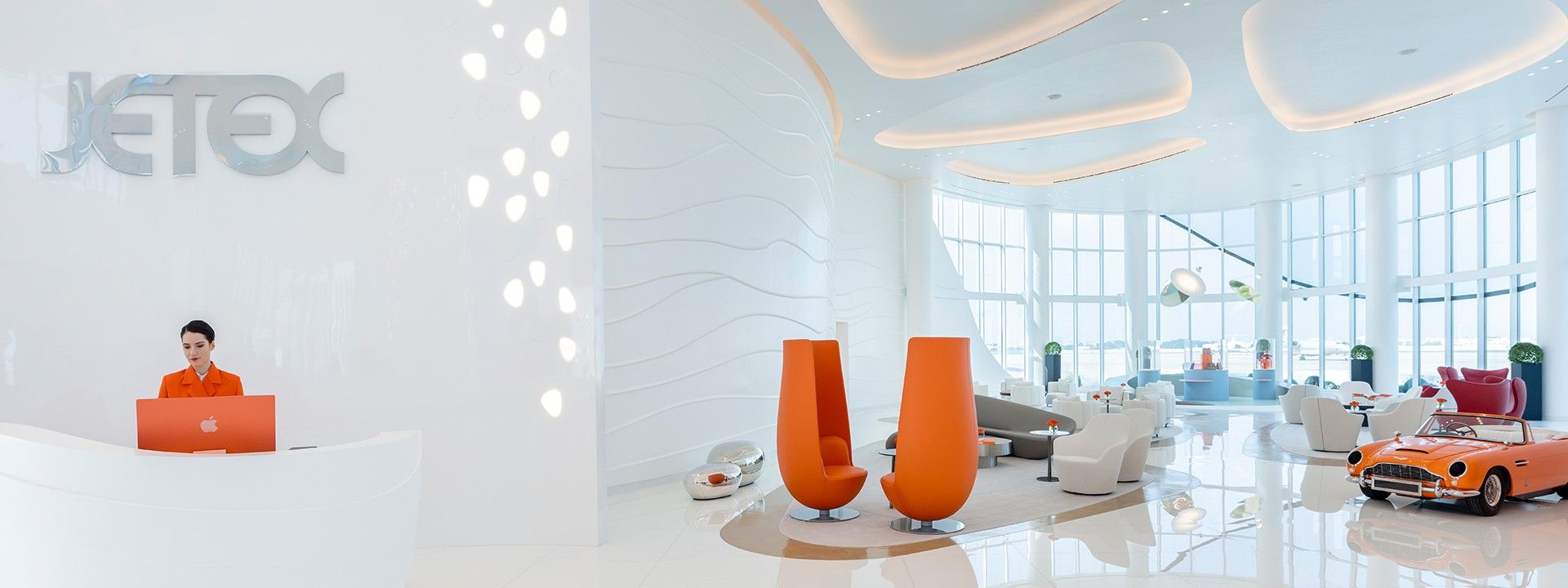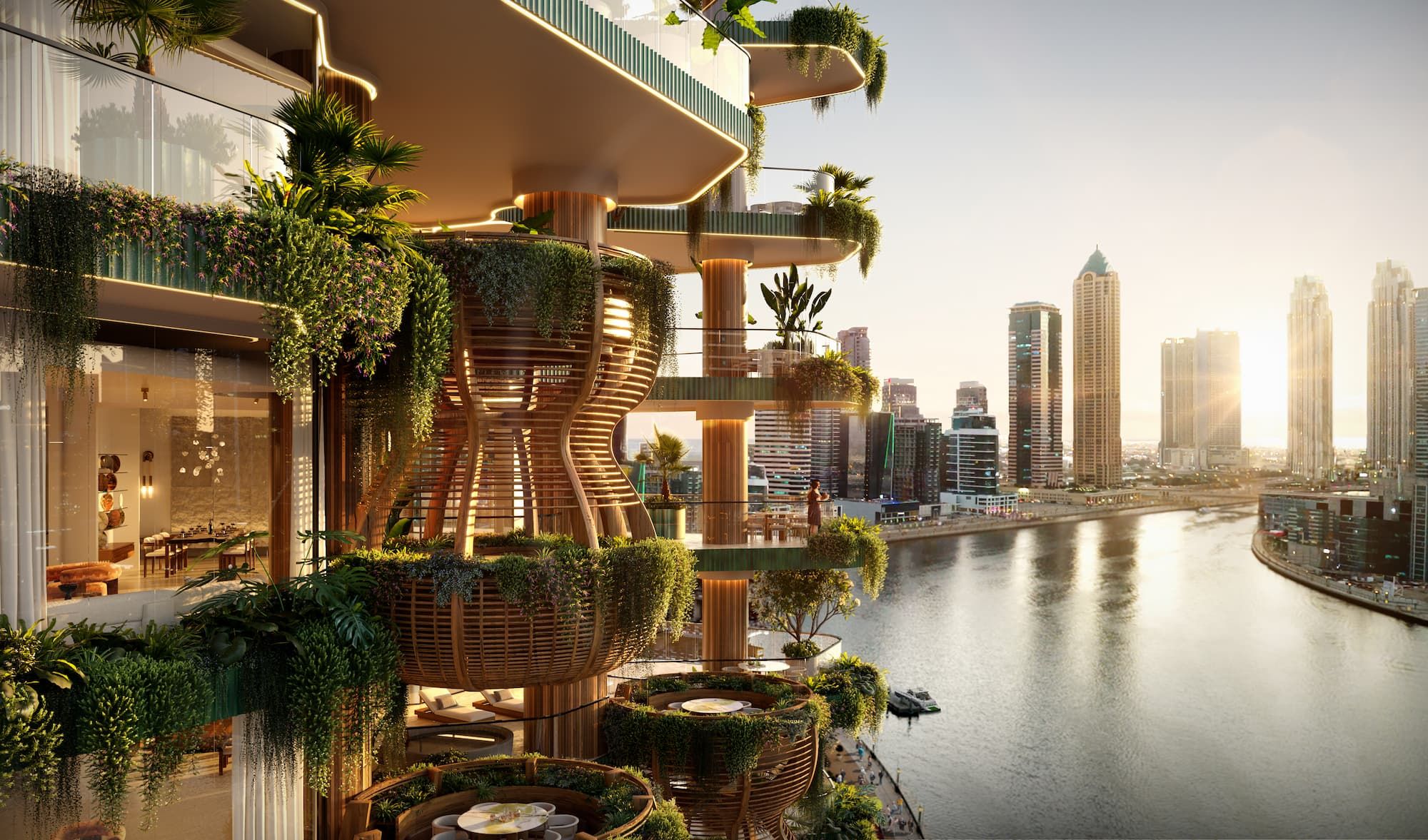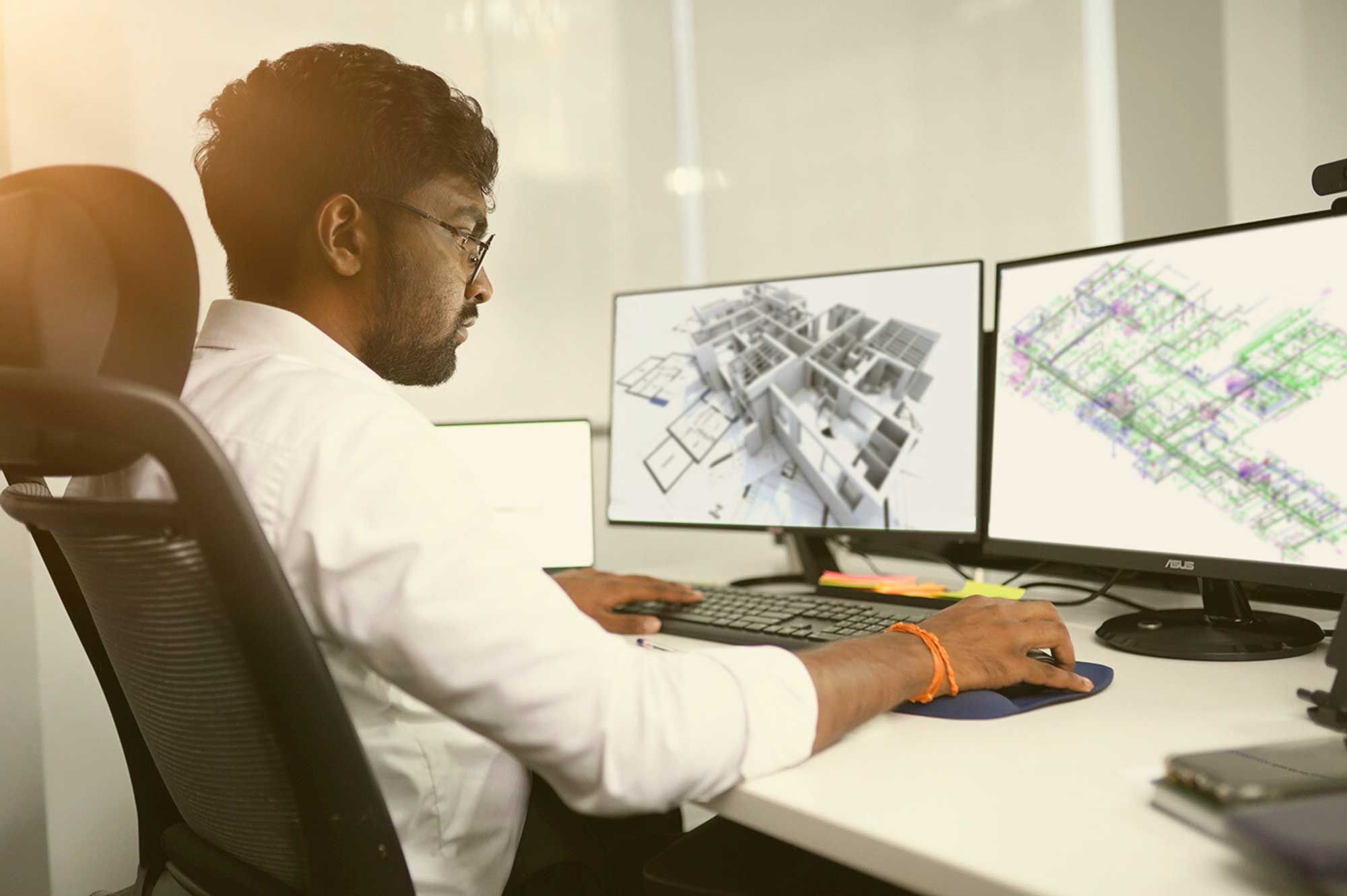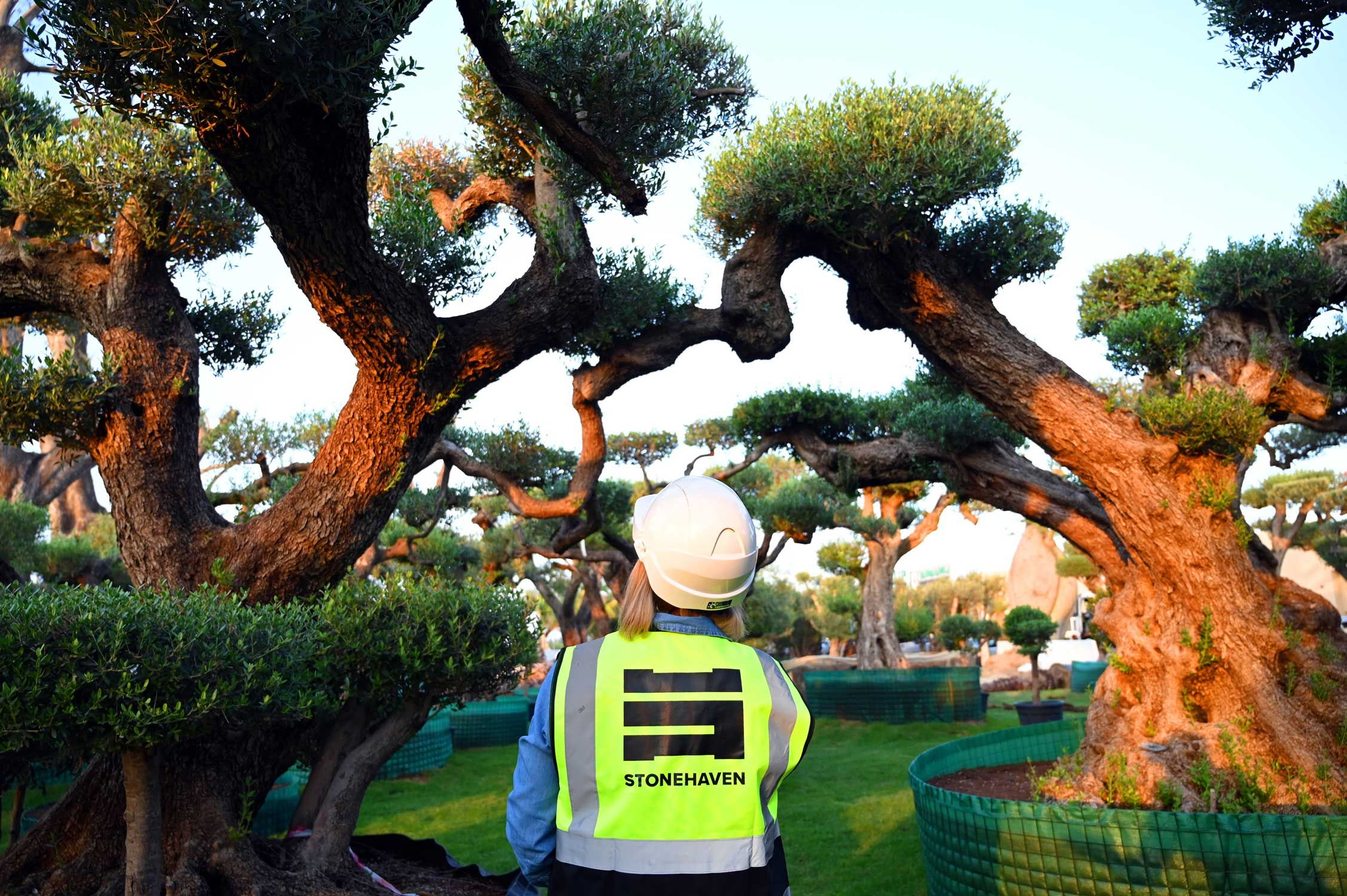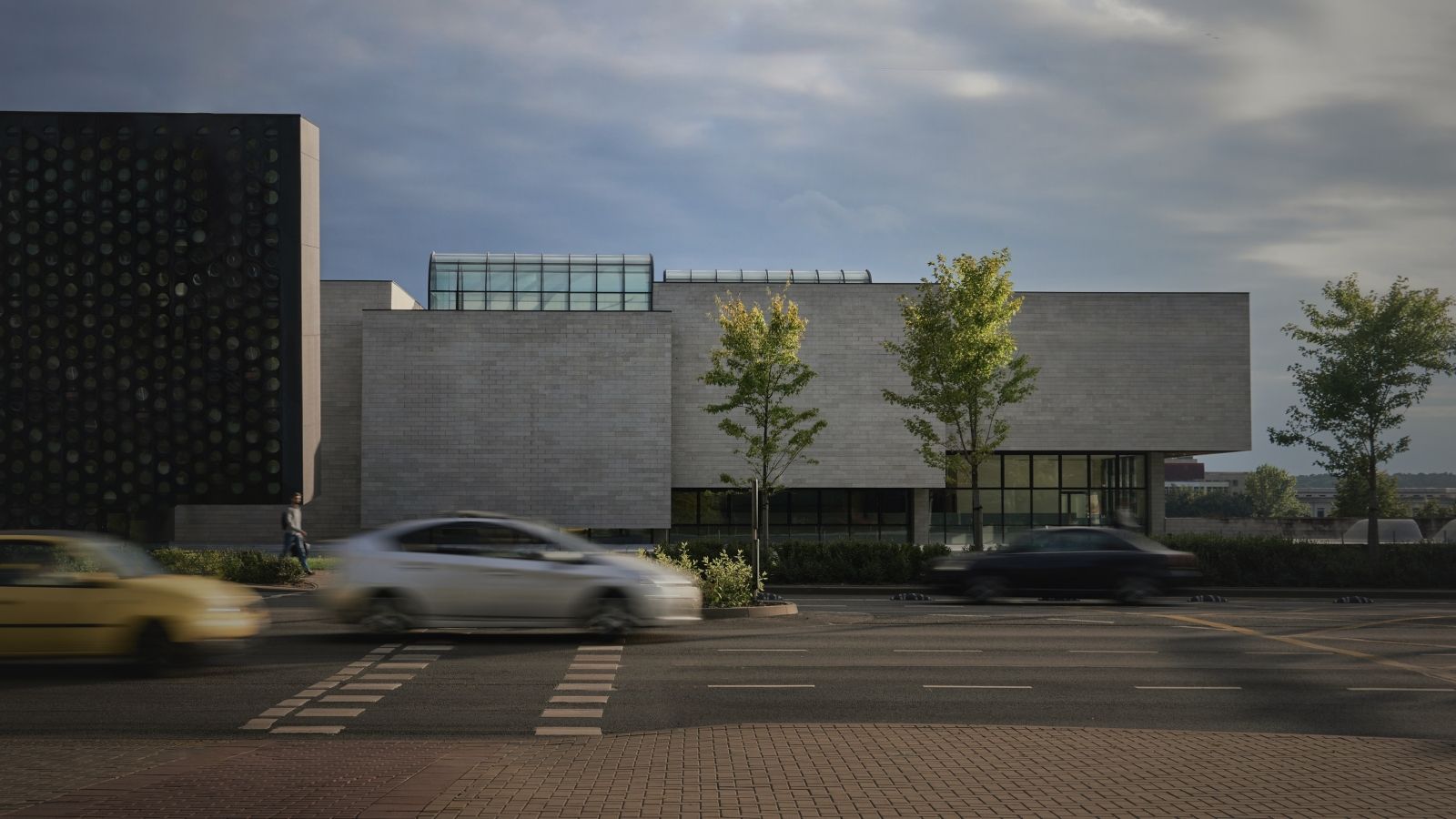Mixed-use developments are at the forefront of urban evolution in the UAE and GCC region. By seamlessly integrating residential, commercial, and recreational spaces, these developments create dynamic environments that cater to modern lifestyles. However, managing the construction of these multifaceted projects requires a unique skill set and meticulous planning to ensure they are delivered on time, within budget, and to the highest standards.
In the UAE and GCC, where visionary projects like the Abu Dhabi’s Al Maryah Island are redefining urban living, construction management has become the cornerstone of successful project execution. These developments are not just buildings—they are communities, hubs of activity, and symbols of innovation.
In this blog, we explore the critical role of construction management in mixed-use developments, highlight strategies for managing costs, and examine why these developments represent the future of urban planning in the region.
What is Construction Management?
Construction management is the process of overseeing and coordinating every phase of a construction project, from initial planning and design to execution and completion. It involves aligning the needs of developers, architects, engineers, and contractors to ensure that the project is completed efficiently and effectively.
In the Middle East, mixed-use developments represent a significant portion of the construction pipeline. As of Q1 2024, the UAE's construction project pipeline was valued at $590 billion, with mixed-use projects accounting for approximately 39% ($232 billion) of this total.
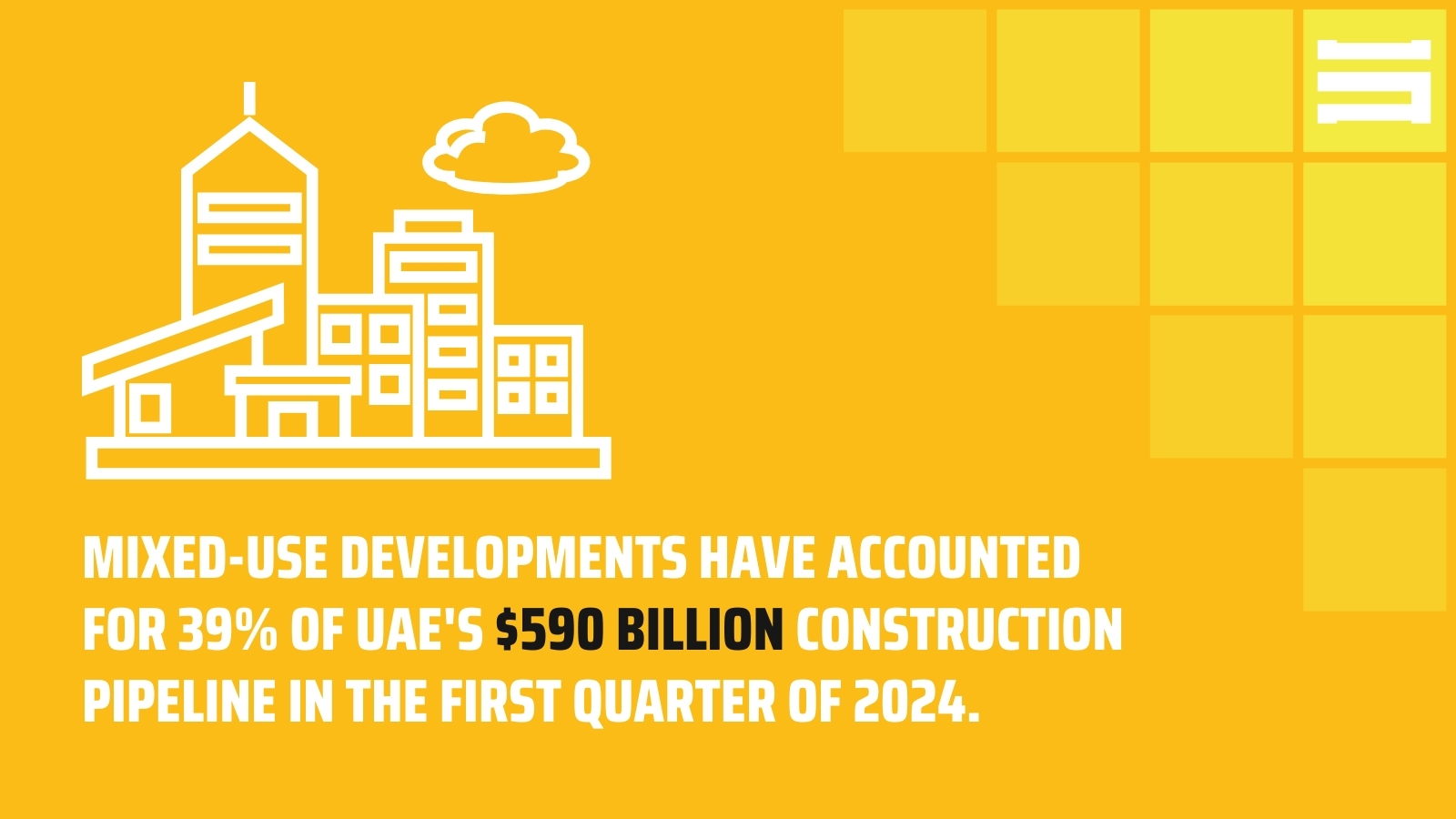
In the context of mixed-use developments, construction management is especially vital due to the complexity of these projects, which often combine residential, commercial, retail, and public spaces under one roof. Effective construction management involves not only technical expertise but also the ability to anticipate challenges, adapt to changing circumstances, and maintain clear communication.
Key Elements of Construction Management
-
Planning and Scheduling: Establishing clear timelines and milestones to guide the project from concept to completion.
-
Cost Management: Developing and monitoring budgets to ensure financial resources are used efficiently.
-
Quality Control: Implementing stringent standards to deliver exceptional results across all aspects of the project.
-
Risk Management: Identifying potential obstacles and implementing strategies to mitigate them.
-
Collaboration: Coordinating with various teams and stakeholders to ensure smooth project execution.
Effective construction management ensures that mixed-use developments not only meet but exceed expectations, delivering vibrant and functional spaces that contribute to the region’s urban landscape.
What Are Mixed-Use Developments?
Mixed-use developments are large-scale urban projects that integrate multiple functionalities—residential, commercial, retail, and recreational—into a single space. These projects are designed to create self-contained, community-centric environments that offer convenience and connectivity.
Characteristics of Mixed-Use Developments in the Middle East
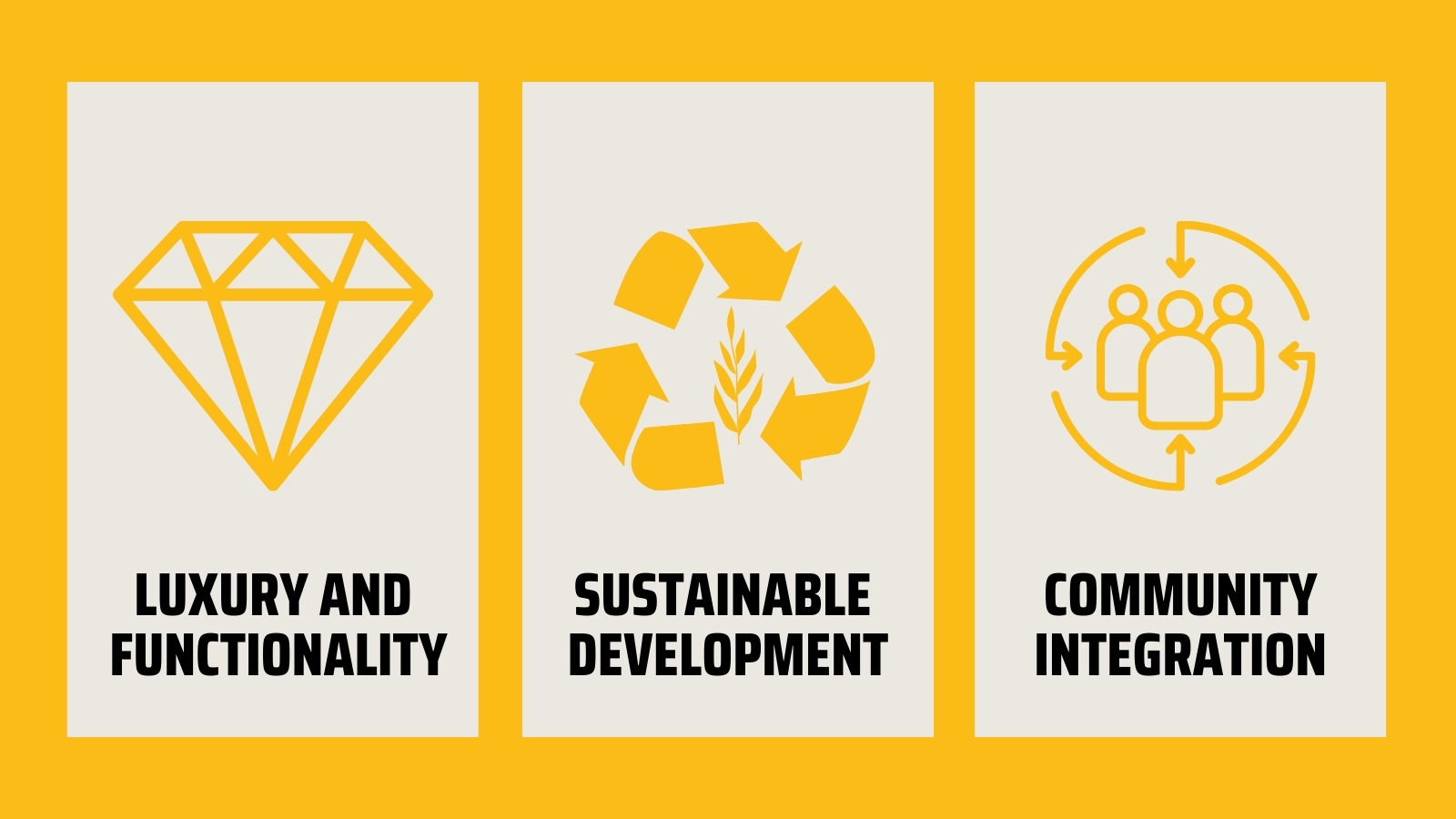
-
Luxury and Functionality: Balancing high-end design with practical amenities, such as those seen in Downtown Dubai and Lusail City in Qatar.
-
Sustainable Development: Many mixed-use developments in the GCC incorporate green building technologies to align with national sustainability goals.
-
Community Integration: Developments like Abu Dhabi’s Masdar City emphasise walkability and public spaces, for a sense of community.
Five Ways to Manage Mixed-Use Development Costs
Managing costs in mixed-use developments in the GCC is critical due to the scale and complexity of these projects. Here are five strategies to ensure financial efficiency:
1. Thorough Pre-Construction Planning
Detailed planning during the initial stages is essential to reduce costs and prevent overruns. Using tools like Autodesk allows project teams to visualise designs, identify potential conflicts, and make informed decisions before construction begins.
2. Focus Efforts on Value Engineering
Value engineering ensures the project delivers maximum value for every dirham spent. For example, using locally sourced materials that meet quality standards can significantly reduce costs while supporting the regional economy.
3. Encourage Stakeholder Collaboration
Engaging key stakeholders early, including contractors, architects, and government regulators, ensures alignment on objectives, budgets, and timelines. This collaborative approach helps avoid costly delays and redesigns.
4. Regular Cost Tracking
Establishing clear cost controls and presenting cost reports by conducting regular audits helps identify cost deviations in real time. This ensures corrective actions are implemented promptly, avoiding budget overruns.
5. Focus More on Sustainability
Incorporating energy-efficient systems, such as solar panels or advanced HVAC systems, may involve upfront costs but leads to long-term savings. Additionally, aligning with GCC sustainability goals enhances the project's market appeal.
Are Mixed-Use Developments the Future of Construction Contracts?
In the rapidly urbanising landscapes of the UAE and GCC, mixed-use developments represent the future of construction. These projects address the need for integrated, sustainable, and community-focused environments, making them a key driver of regional growth.
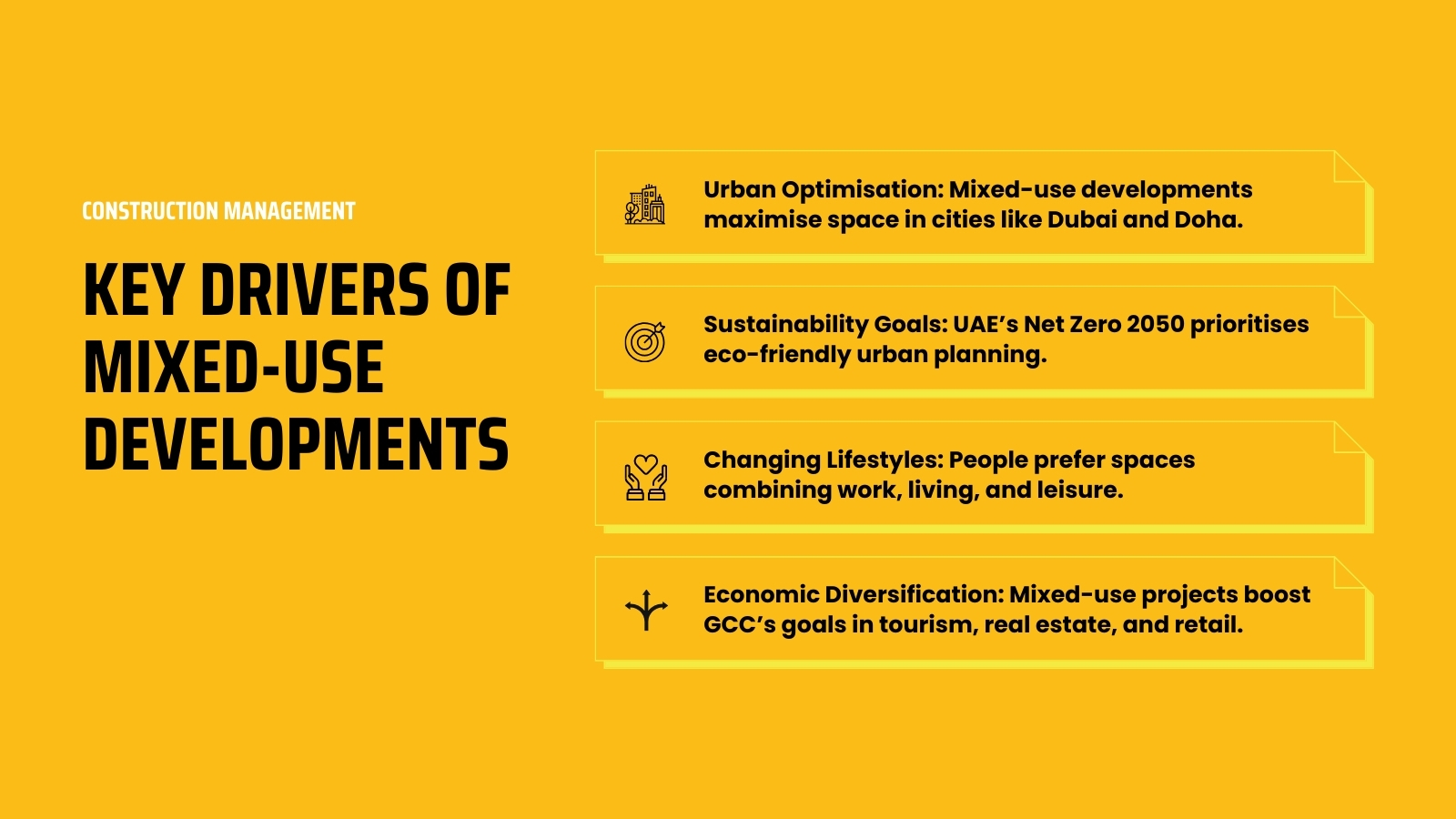
-
Urban Optimisation: With limited land in cities like Dubai and Doha, mixed-use developments maximise available space and enhance urban efficiency.
-
Sustainability Goals: The UAE’s Net Zero 2050 initiative and similar GCC targets emphasise sustainable urban planning, aligning perfectly with mixed-use concepts.
-
Changing Lifestyles: Residents increasingly seek "all-in-one" environments that combine work, living, and leisure, driving demand for multifunctional spaces.
-
Economic Diversification: Mixed-use projects contribute to the diversification goals of GCC economies, offering opportunities in real estate, tourism, and retail.
What are the Benefits of Hiring an Experienced Team for Mixed-Use Developments?
Mixed-use developments require a unique blend of expertise, making it essential to engage a skilled construction management consultant. Here’s how an experienced team can make a difference:
-
Technical Expertise: Specialists understand the complexities of integrating multiple functions, ensuring smooth project execution.
-
Cost Optimisation: Professionals leverage advanced tools like Autodesk to manage budgets effectively, minimising waste.
-
Regulatory Compliance: Knowledge of local zoning laws, building codes, and government requirements ensures seamless approvals.
-
Quality Assurance: An experienced team ensures every aspect of the project meets the highest quality standards.
-
Timely Delivery: Effective coordination among stakeholders keeps the project on schedule.
Hiring the right team ensures that mixed-use developments in the UAE and GCC are not only completed efficiently but also exceed the expectations of investors and residents.
Examples of Mixed-Use Developments in the Middle East
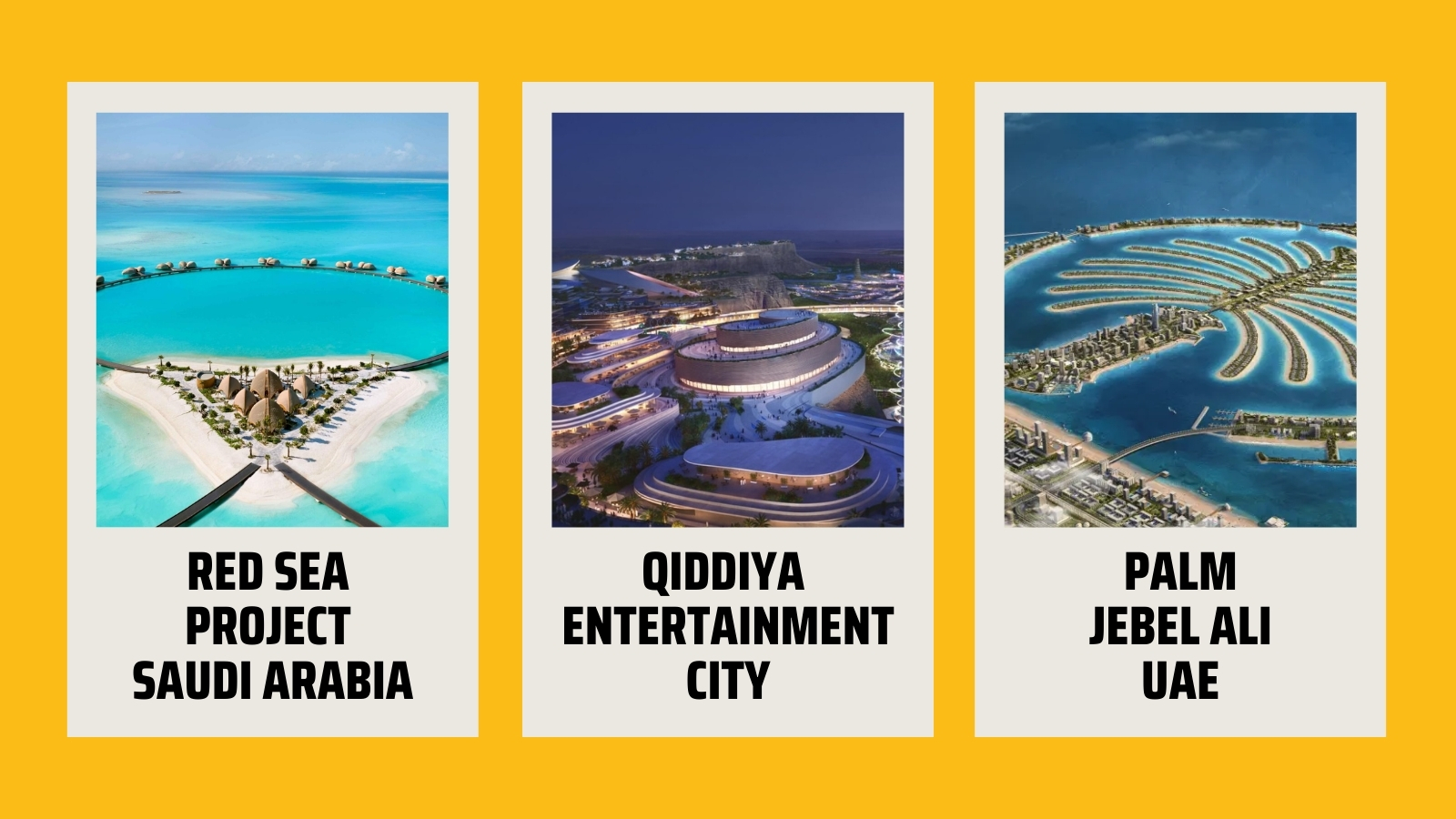
Image Credits – Visit The Red Sea (Discover The Red Sea), Introba (Qiddya Entertainment City | Introba), MTR Properties (Masterplans)
-
Red Sea Project, Saudi Arabia
A luxury tourism development spanning over 28,000 square kilometers, featuring resorts, marinas, and entertainment facilities. -
Qiddiya Entertainment City, Saudi Arabia
An entertainment, sports, and cultural destination covering 334 square kilometers, aiming to attract regional and international visitors. -
Palm Jebel Ali, United Arab Emirates
Double the size of its predecessor, Palm Jumeirah, and aims to host an array of hotels, resorts, commercial spaces, and luxurious villas. The development will feature seventeen fronds and a trunk spanning nearly four miles, all shielded by a 12-mile crescent.
Solutions for Challenges in Mixed-Use Development Projects
Mixed-use developments have become a hallmark of modern urbanisation in the UAE and GCC region. While they promise innovation, convenience, and sustainability, delivering these projects is far from straightforward. Developers often face a myriad of challenges stemming from their complexity, regulatory requirements, and stakeholder expectations. Successfully overcoming these obstacles requires a deep understanding of the project dynamics and the implementation of tailored strategies.
Let’s take a closer look at some of the key challenges associated with mixed-use developments and the solutions to address them effectively:
Key Challenges
-
Complexity of Integration: Mixed-use developments combine diverse functions such as residential, commercial, retail, and public spaces into a single cohesive project. This integration often results in logistical and design challenges, as each function comes with its unique requirements. For instance, retail spaces demand large footfalls and accessibility, while residential areas prioritise privacy and noise control. Balancing these conflicting needs is an ongoing challenge for architects, engineers, and developers.
-
Cost Overruns: The large-scale nature of mixed-use developments often leads to budgetary challenges. Costs can escalate due to unforeseen delays, design changes, or fluctuating material prices in the region. Additionally, developers may underestimate the financial requirements of integrating diverse functionalities or addressing specific local needs, resulting in significant overruns.
-
Regulatory and Zoning Requirements: In the UAE and GCC, developers must navigate a complex web of zoning regulations, building codes, and municipality requirements. These rules vary by emirate or country, and failing to secure approvals in a timely manner can lead to costly delays. Furthermore, meeting sustainability benchmarks, such as those mandated by the Estidama Pearl Rating System in Abu Dhabi or LEED certification, adds an extra layer of complexity.
-
Stakeholder Coordination: Mixed-use developments involve multiple stakeholders, including developers, architects, contractors, government authorities, and end users. Misaligned priorities and a lack of communication can result in delays, inefficiencies, and disputes, particularly in the later stages of the project.
-
Market Uncertainty: The GCC region's real estate market is dynamic and influenced by factors such as oil prices, tourism trends, and global economic conditions. Developers of mixed-use projects often face challenges in predicting demand for residential, commercial, and retail spaces, increasing the risk of oversupply or underutilisation.
-
Infrastructure and Utility Challenges: Due to their scale, mixed-use developments require significant investment in infrastructure, including roads, water supply, sewage systems, and power grids. Ensuring that these utilities are designed to meet the needs of all functional components can be a daunting task.
Practical Solutions
-
Integrated Project Design: To address the complexity of integration, adopting advanced design tools such as Autodesk can streamline the planning process. These tools enable project teams to visualise how different components of the development interact and identify potential conflicts early. For example, 3D BIM modelling can ensure that retail spaces are positioned for maximum foot traffic while preserving the privacy of residential areas.
-
Proactive Cost Management: Establishing a robust financial control framework is essential for avoiding cost overruns. This includes detailed pre-construction planning, regular cost audits, and maintaining a contingency fund for unexpected expenses. Leveraging value engineering principles can further optimise budgets by exploring alternative materials, methods, and designs without compromising quality.
-
Streamlined Regulations: Developers can navigate the region's regulatory environment more effectively by engaging experienced consultants who understand local laws and requirements. Early engagement with government authorities and regulatory bodies helps secure permits and approvals in a timely manner. Moreover, integrating sustainable building practices from the outset ensures compliance with green building standards such as Dubai's Green Building Regulations or Abu Dhabi’s Estidama guidelines.
-
Enhance Communication and Collaboration: Transparent communication between all stakeholders is key to avoiding misunderstandings and ensuring alignment. Regular meetings, progress updates with project managers, and collaborative platforms help streamline workflows and resolve issues before they escalate. Establishing a centralised communication protocol ensures that every stakeholder is aware of project timelines, budgets, and objectives.
-
Market Research and Flexibility: Conducting thorough market research early in the planning phase provides insights into demand trends for residential, commercial, and retail spaces. This data helps developers tailor their projects to meet market needs, reducing the risk of underutilisation. Flexible design options, such as modular construction, can also accommodate changes in market demand without significant delays or additional costs.
-
Strategic Infrastructure Planning: To address utility challenges, it is essential to work closely with infrastructure consultants and local utility providers. Designing infrastructure systems that are scalable ensures that the project can adapt to future demands. Additionally, incorporating renewable energy solutions such as solar panels and district cooling systems enhances efficiency and reduces long-term operational costs.
-
Risk Management Framework: Developing a comprehensive risk management plan allows developers to anticipate potential delays, cost fluctuations, and other obstacles. This includes identifying high-risk areas, conducting scenario analyses, and implementing mitigation strategies. For example, securing long-term contracts with suppliers can protect against material price volatility.
Conclusion
Mixed-use developments are transforming the UAE and GCC’s urban landscapes, offering unparalleled opportunities for innovation and growth. Effective construction management services are essential to ensuring these projects are delivered on time, within budget, and to the highest standards.
As the region continues to embrace mixed-use developments, developers must adopt advanced tools, hire experienced teams, and address challenges proactively. These efforts will not only ensure project success but also contribute to the UAE and GCC’s vision for sustainable and vibrant cities.
About us
At Stonehaven, we specialise in delivering world-class construction management services for ambitious projects across the UAE and the wider GCC. With extensive experience in managing complex developments, including mixed-use projects, we offer tailored solutions that ensure efficiency, quality, and innovation.
From planning and design to execution and completion, we are your trusted partner in creating iconic spaces that inspire. Let us bring your vision to life with our expertise and dedication to excellence.
Explore our services today and discover how we can transform your next project into a landmark of success.

